Last year, the economy was stagnant, but its 0.052 per cent expansion beat dire estimates from the International Monetary Fund (IMF) and the Asian Development Bank (ADB). Overall prices, which had taken a deflationary path, made a turnaround in 2018 when it went up 0.1 per cent. The uptick is expected to continue in 2019.
Furnishings, household equipment and routine household maintenance costs have largely followed the movement of general prices, falling 2.2 per cent in 2014, 0.8 per cent in 2015, and 1.4 per cent in 2017. It bucked the trend in 2016, when prices went up 0.6 per cent, and last year, when prices fell 0.9 per cent.
Data from the Autoriti Monetari Brunei Darussalam, the south-east Asian country's central bank, indicate that demand for structural home improvement financing has remained largely unchanged since 2014. Bank lending for the sector hit BND 417.74 mio (USD 308.16 mio) in the fourth quarter of 2018, slightly less than the BND 422.7 mio in home improvement lending in the same quarter of 2017.
Loans for structural home improvement have been hovering on the BND 400 mio territory since the last quarter of 2014. Industry insiders say structural home improvement spending has remained relatively steady because stringent bank requirements for housing loans have discouraged homeowners from acquiring new residences.
Central bank data show the median purchase price for residential properties fell 5.6 per cent in the last quarter of 2018 compared to the last quarter the previous year, although it went up 0.8 per cent compared to the third quarter of the same year. A heavily subsidised housing scheme of the government also feeds into the demand for home improvement.

 Menü
Menü




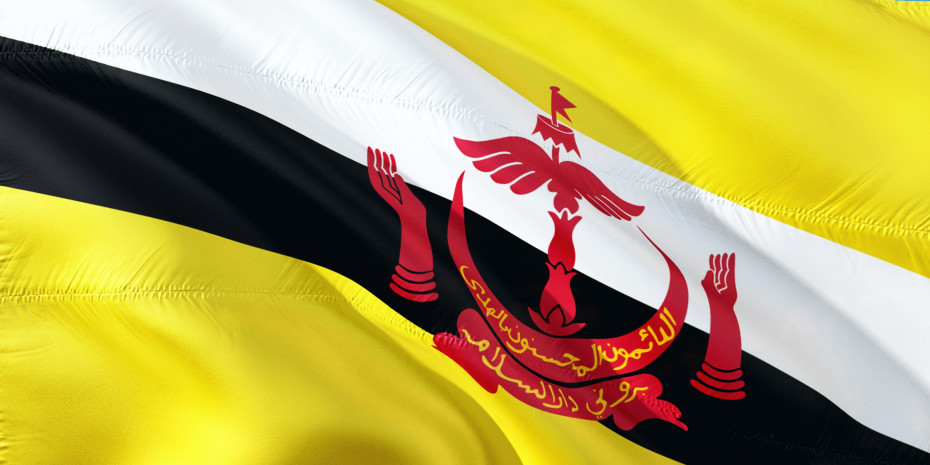


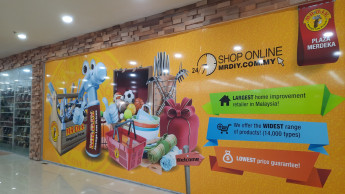
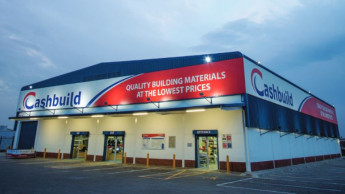
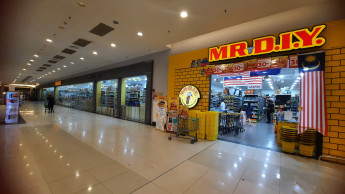



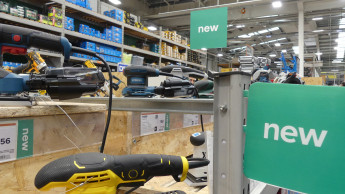
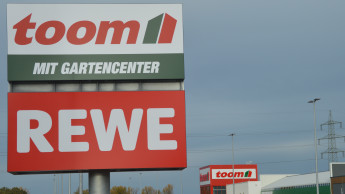

 Newsletter
Newsletter